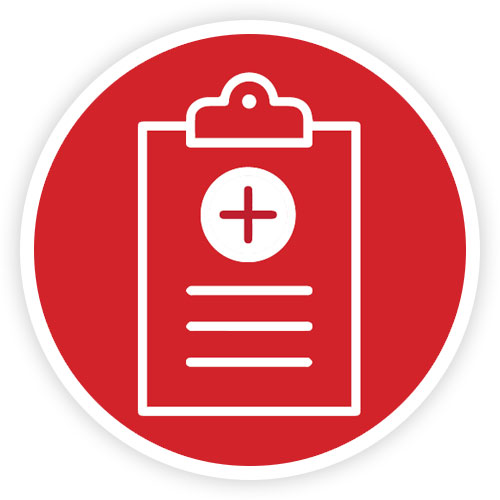 Practice
Practice
Practicing your response is essential. Practice drills help everyone become more familiar with emergency procedures, thereby reducing anxiety and promoting an appropriate response during the real emergency. Practice drills should be both announced and unannounced, be implemented at different times of the day, and involve children of all ages and abilities. Use the Response Checklists for Center-Based Programs and Response Checklists for Family Child Care Homes when practicing each response procedure.
When faced with emergencies, the human body wants to freeze. The best way to override that instinct is to practice. Practice also helps you acknowledge any reactions from children that you might not expect and that could affect your response in an actual emergency.
Review
After performing an emergency drill, directors, staff, and families should reflect upon how the drill went and provide feedback on what worked and what did not work. Staff and teachers should also discuss the drill with the children afterwards, so the children can ask questions and understand what happened.
Questions to consider during your review:
- Did everyone follow the practiced procedures?
- Were the children accounted for quickly?
- Were children with special health care needs accommodated and able to respond without delays?
- The first time you activate your response plan should not be when the emergency is actually happening.
Revise
In this phase, directors, staff, and families can update and revise the emergency plan and procedures, based on lessons learned during the drill and review. If revisions are made, communicate updates to all involved, including staff, families, and community partners.
Last Updated: December 2, 2019